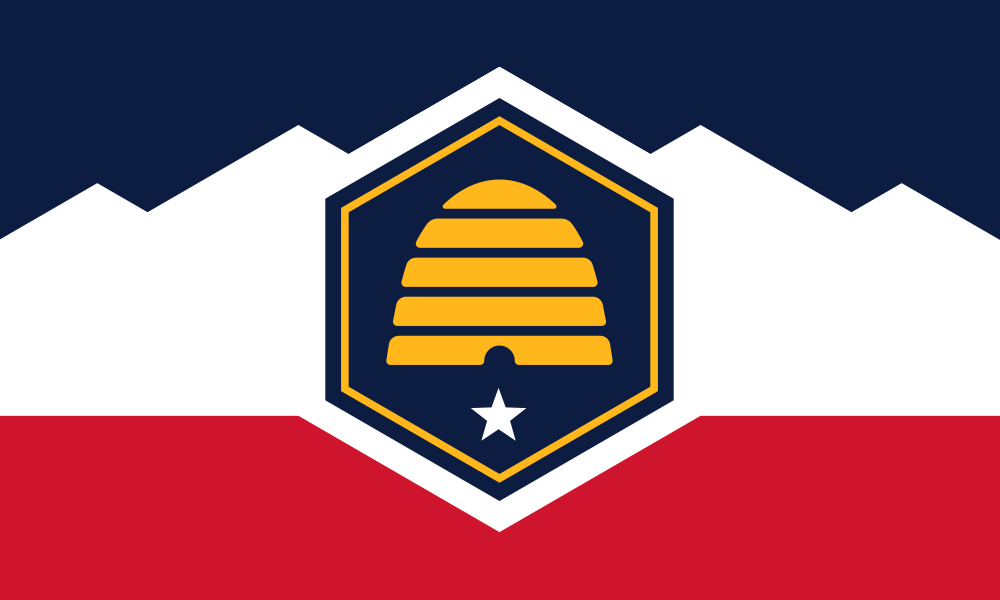This Giving Tuesday, help ensure voters have the information they need to make confident, informed decisions. Donate now!
Utah Amendment 1, Permit Legislation to Regulate Legislative Vacancies Measure (1930)
| Utah Amendment 1 | |
|---|---|
| Election date |
|
| Topic State legislative authority and State legislative elections |
|
| Status |
|
| Type Legislatively referred constitutional amendment |
Origin |
Utah Amendment 1 was on the ballot as a legislatively referred constitutional amendment in Utah on November 4, 1930. It was approved.
A "yes" vote supported amending the constitution to permit the legislative statutes to determine when vacancies in the legislature are filled. |
A "no" vote opposed amending the constitution, thus maintaining that the governor must issue a writ of election to fill vacancies in the legislature. |
Election results
|
Utah Amendment 1 |
||||
|---|---|---|---|---|
| Result | Votes | Percentage | ||
| 82,027 | 65.31% | |||
| No | 43,576 | 34.69% | ||
-
- Results are officially certified.
- Source
Text of measure
Ballot title
The ballot title for Amendment 1 was as follows:
| “ | A joint resolution proposing an amendment to Section 13 of Article VI of the constitution of the State of Utah, relating to vacancies in the legislature. | ” |
Full Text
The full text of this measure is available here.
Path to the ballot
- See also: Amending the Utah Constitution
A two-thirds majority vote in both the legislative chambers vote is required during one legislative session for the Utah State Legislature to place a constitutional amendment on the ballot. That amounts to a minimum of 50 votes in the Utah House of Representatives and 20 votes in the Utah State Senate, assuming no vacancies. Amendments do not require the governor's signature to be referred to the ballot.
See also
Footnotes
State of Utah Salt Lake City (capital) | |
|---|---|
| Elections |
What's on my ballot? | Elections in 2025 | How to vote | How to run for office | Ballot measures |
| Government |
Who represents me? | U.S. President | U.S. Congress | Federal courts | State executives | State legislature | State and local courts | Counties | Cities | School districts | Public policy |


